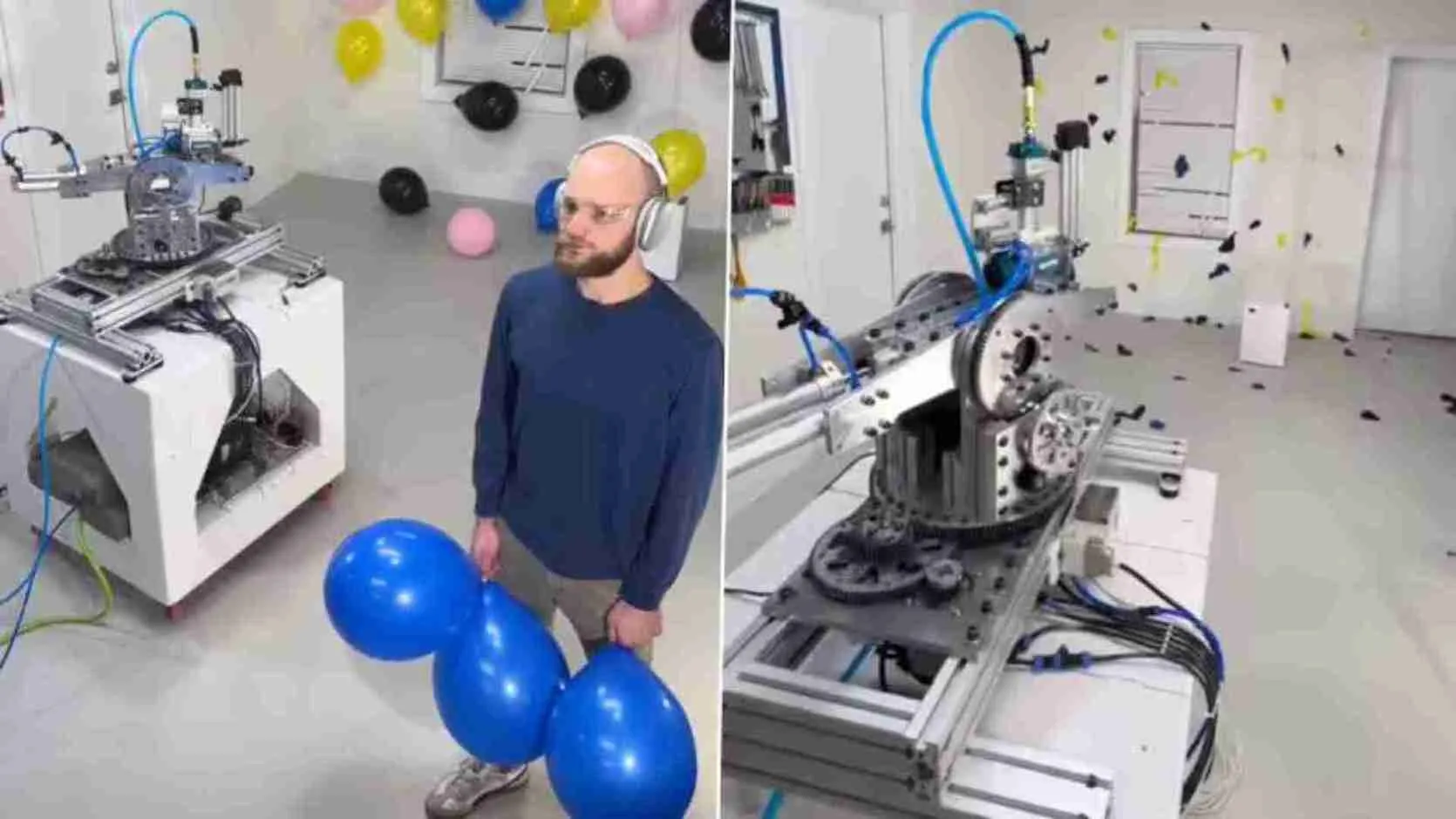Flight data revealed that Ingenuity ascended to 12 meters, captured images, and descended after a 32-second flight, during which communication was lost. When contact was reestablished, engineers found the rotor blades had suffered significant damage.
“Investigating an accident from 100 million miles away without black boxes or eyewitnesses is challenging,” said Havard Grip, Ingenuity’s first pilot at JPL. “We believe the lack of surface texture provided insufficient information for the navigation system.”
Ingenuity’s navigation relied on identifying visual features using a camera over flat, textured terrain. During the flight, the helicopter encountered steep, featureless sand ripples in Jezero Crater, which confused its navigation system, leading to a crash.
Also Read: NASA Investigates Why Ingenuity Helicopter Crash On Mars
“The rapid attitude change subjected the rotor blades to stress beyond their design limits, snapping all four blades at their weakest point,” the findings noted. The damage caused vibrations and excessive power demands, ultimately severing communications.
Despite the crash, Ingenuity made historic contributions to the Mars 2020 mission. Initially designed for five test flights over 30 days, it performed 72 flights and covered distances 30 times greater than planned over nearly three years.
Ingenuity continues to send weather and avionics data to Perseverance weekly, aiding future Mars exploration and vehicle design. NASA’s Perseverance Rover remains operational, continuing its mission on the Red Planet.























